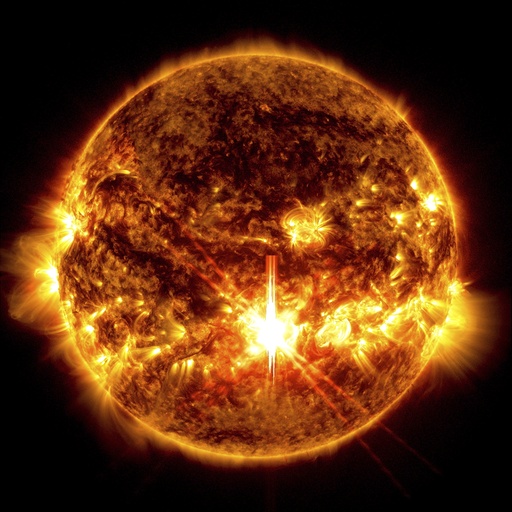CAPE CANAVERAL, Fla. — A significant solar storm is on its way to Earth, and this event may increase the strain on power grids during a challenging period as the U.S. tackles the aftermath of consecutive hurricanes, according to space weather experts.
The National Oceanic and Atmospheric Administration (NOAA) has announced a severe geomagnetic storm watch that is expected to last from Thursday into Friday, following a solar outburst detected earlier this week. This type of storm has the potential to momentarily disrupt power and radio communications.
In response to this forecast, NOAA has alerted power plant operators and managers of spacecraft in orbit to take necessary precautions. Additionally, they have informed the Federal Emergency Management Agency (FEMA) about possible power outages while the agency continues to manage the impacts of Hurricane Helene and prepares for Hurricane Milton, which is moving toward Florida across the Gulf of Mexico.
Although this recent solar storm may not reach the intensity of the one in May, which was the most powerful in over twenty years, forecasters will not have definitive information until the storm is around 1 million miles (1.6 million kilometers) away, where measuring instruments on spacecraft can gauge its intensity.
Scientists, including Rob Steenburgh from NOAA’s Space Weather Prediction Center, indicated that Florida is positioned far enough south that the solar surge is unlikely to cause power issues unless it escalates significantly. Steenburgh mentioned that this particular forecast provides a measure of reassurance, as their role is to inform those in charge so they can adequately prepare.
NOAA’s space weather forecaster, Shawn Dahl, expressed greater concern regarding the potential impact on power grids in areas that were recently affected by Hurricane Helene.
In addition to power disruptions, this storm could lead to the appearance of northern lights viewed as far south as parts of the lower Midwest and Northern California; however, specific locations and viewing times remain uncertain, according to NOAA. Skywatching enthusiasts are encouraged to use their smartphones to capture images, as these devices often pick up auroras that may not be visible to the naked eye.
The solar storm in May resulted in spectacular auroras across the Northern Hemisphere without causing significant disruptions. Currently, the sun is approaching the peak of its 11-year cycle, which has contributed to the increased solar activity noted recently.




